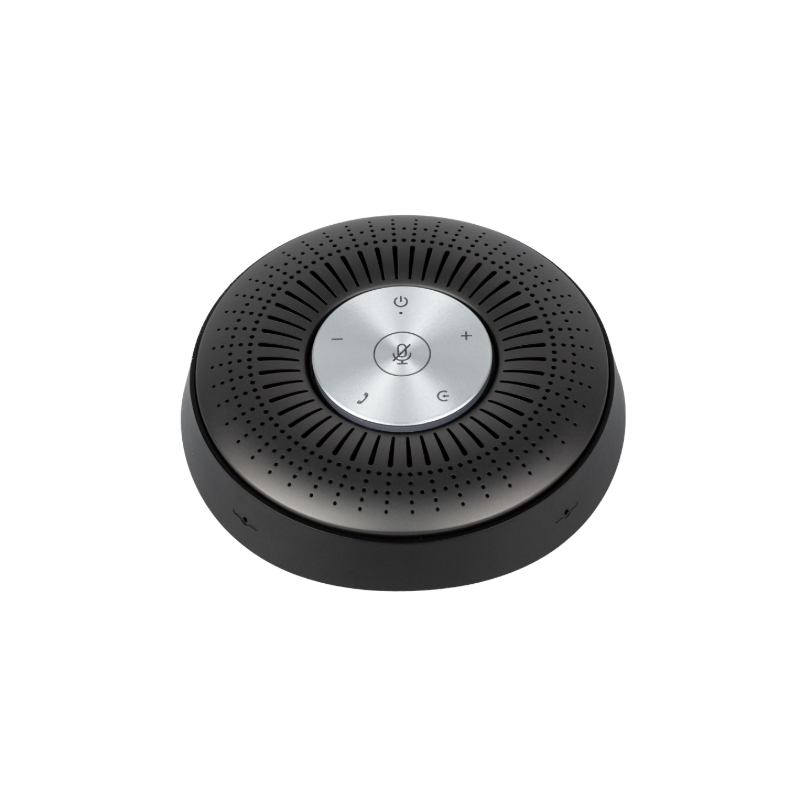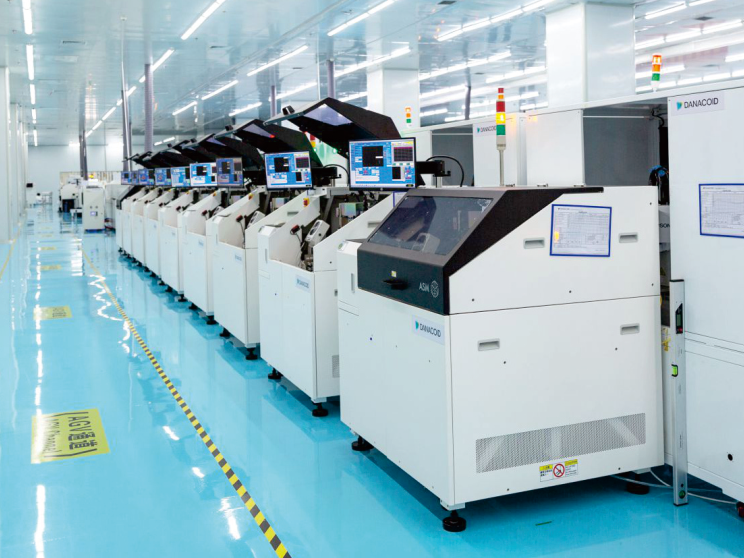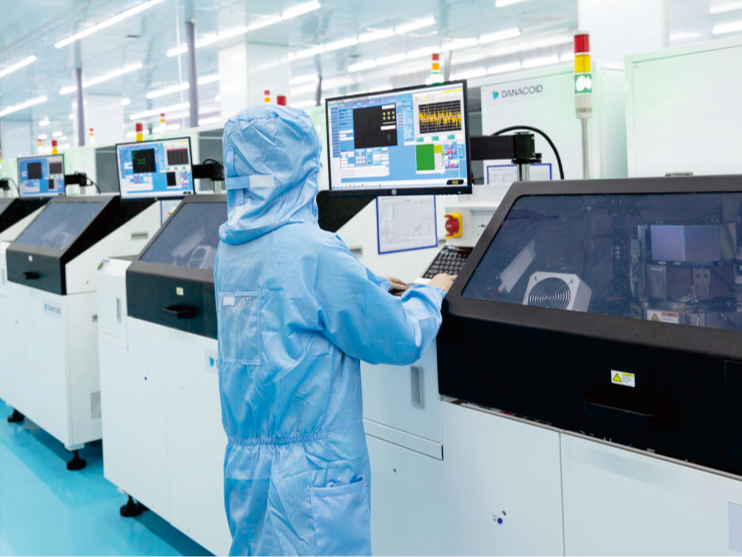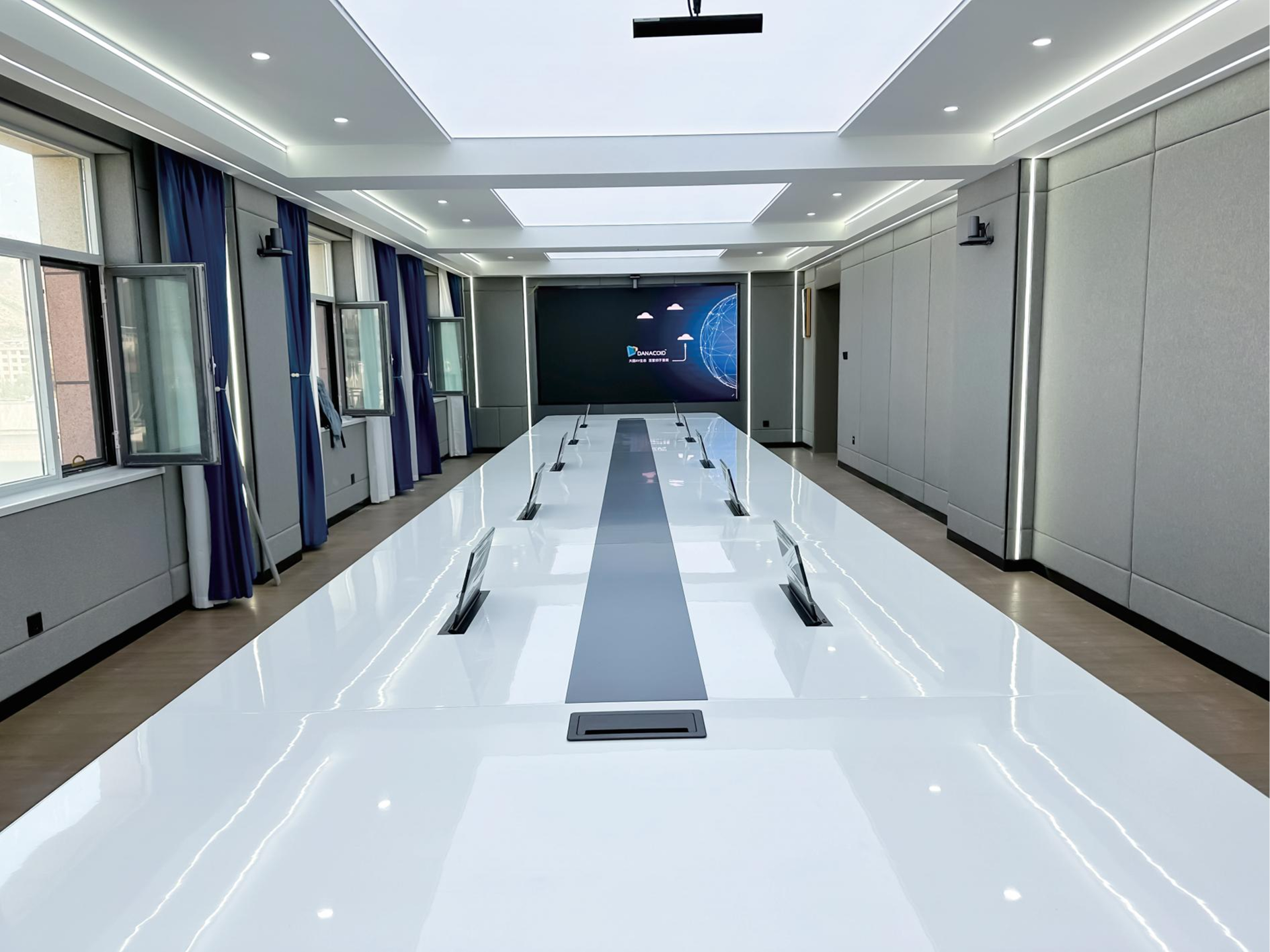Oli kyseessä sitten live-konsertti tai kotiteatteri, äänenkoristeet ovat perusta kaikkeen äänenjärjestelyyn, jonka aiot laittaa. Tällaiset järjestelmät voidaan jakaa passiivisiin ja aktiivisiin. Kaikille, jotka haluavat investoida laadukkaaseen äänilaitteeseen, on välttämätöntä ymmärtää näiden järjestelmien väliset erot.
Passiiviset kaiuttimet
Passiiviset kaiuttimet ovat perinteisiä järjestelmiä, ja niiden käyttö edellyttää erillistä vahvistinta. Näiden järjestelmien kaiuttimet koostuvat ainoastaan muuttimista (ohjaimista) ja passiivisesta ristiinkäyttöverkostosta, joka ohjaa eri taajuuksia oikeisiin ohjaimiin. Yhdessä erillisten kaiuttajapareiden kanssa amp/voimapalvelu antaa voiman äänen laskemiseen käytännöllisellä äänenvoimalla. Passiiviset järjestelmät tarjoavat useita etuja, kuten kustannustehokkuutta, helpompaa korjausta ja ylläpitoa sekä räätälöintiominaisuuksia. Esimerkiksi käyttäjä voi yhdistää valitsemansa vahvistuksen passiiviseen kaiuttimeseen, joka antaa hänelle useita valintoja äänikokemuksessaan.
Aktiiviset kaiuttimet
Toisaalta voimattujen kaiuttimiden (tai sen yleinen nimi aktiivinen) sisäinen vahvistin ja usein digitaalinen signaalikäsittely (DSP). Toisin sanoen jokainen kaiuttimesta on oma yksikkö, joka tarvitsee vain virran ja äänen tuloa. Niihin sisältyvät usein myös aktiivisissa järjestelmissä olevat sisäiset ekraani-, kompressio- ja rajoittimet, jotka voivat lisätä äänenlaatua ja suojata kaiuttimia vahingoilta. Paikallisilla tai helposti käyttöönotettavilla sovelluksilla aktiiviset järjestelmät voivat olla oikea ratkaisu, koska ne ovat halpoja ja yksinkertaisia.
Äänenlaatu ja suorituskyky
Kun kyse on passiivisesta tai aktiivisesta, väittely on yleensä äänenpuhetta. Mutta jotkut audiofilit väittävät, että passiiviset järjestelmät kuulostavat paremmalta juuri erottamisen vuoksi, mikä tarkoittaa, että korkealaatuisia vahvistimia voidaan käyttää jokaiselle yksittäiselle järjestelmän komponentille erikseen. Mutta teknologian kehittyessä on kehittyneet myös aktiiviset järjestelmät, jotka tarjoavat hämmästyttävän äänenlaadun, joka on verrattavissa passiiviseen järjestelmään. Molemmat voivat olla hämmästyttäviä, mutta ne ovat vain yhtä hyviä kuin niiden osat ja tapa, jolla ne osat on suunniteltu ja viritetty.
Sovellukset ja käyttötavat
Passiivisten kaiuttimistietojen tyypillisiin sovelluksiin kuuluvat live-äänen vahvistaminen ja huippuluokan kodin äänenjärjestelmät, joissa erillisten vahvistinten ja kaiuttimiden joustavuus on hyödyllistä. Tämä tarkoittaa kunkin komponentin mukauttamista ja optimointia, mikä on tärkeää ammatillisessa ympäristössä.
Samaan aikaan studion valvonta, kannettavat äänensoittojärjestelmät ja asennukset, joissa jokaisen sentin käyttö on merkityksellistä, mieluummin käyttävät aktiivisia kaiuttimia. Sisäänrakennettu muotoilu tarkoittaa vähemmän ylimääräistä varusteita ja kaapelia, mikä tekee niistä täydellisiä, kun siirrettävyys ja nopeus ovat avain.
Kustannukset ja budjetti
Passiivisten ja aktiivisten järjestelmien kustannussuhteet voivat olla melko suuret. Vaikka passiiviset järjestelmät saattavat vaikuttaa halvimmalta ensisilmäyksellä, koska koteloon ei ole integroitua vahvistinta, kun lisäät oikean vahvistin, hinta nousee vastaavasti. Aktiiviset järjestelmät voivat olla edeltäpäin kalliimpia, mutta ne ovat yleensä halvemmat ajan myötä, koska ne ovat itsenäisiä eivätkä vaadi kenenkään lisätukea.
Huoltokelpoisuus ja päivittämiskelpoisuus
Passiiviset järjestelmät ovat myös yleensä helpompia kun se tulee ylläpitoon, koska kaiuttimet ja vahvisttimet voidaan usein ylläpitää tai vaihtaa itsenäisesti. Passiiviset järjestelmät mahdollistavat usein myös eri komponenttien päivityksen, mikä helpottaa käyttäjäkokemusta. Aktiiviset järjestelmät, joissa on kaikki integroidut komponentit, ovat vaikeampia huoltaa tai päivittää, ja tämä voi edellyttää myös koko yksikön vaihtoa.
Uudet kehittyvät käsitteet ja teknologiat
Tekniikan kehityksen myötä aktiiviset järjestelmät tarjoavat yhä enemmän mahdollisuuksia. Digitaalisen signaalin käsittelyä ja älykkäitä kaiuttimia ovat lisääntyneet voimakkaasti, ja niissä on esimerkiksi automaattinen huoneen korjaus ja äänikäsittely. Mitä tämä tarkoittaa käytännössä passiivisten ja aktiivisten järjestelmien osalta?
Johtopäätös
Kaiken kaikkiaan passiivisten ja aktiivisten äänimmeistöjen vertailu on aina kiistanalainen aihe, ja lopulta valintasi tulee päättyä sovellukseen, hinnatason ja ulkoasun perusteella. Molemmat järjestelmät tarjoavat selvät edut, ja kumpi niistä on paras voi riippua lopulta kuuntelijan tai tilan tarpeista. Äänimmeistöjärjestelmä - olipa se sitten passiivisten säätövaihtoehtojen tai aktiivisten helpottamisen mukainen, oikea kaiutinjärjestelmä voi myös nostaa auton äänentoiston nautinnasta toiseen tasoont.









